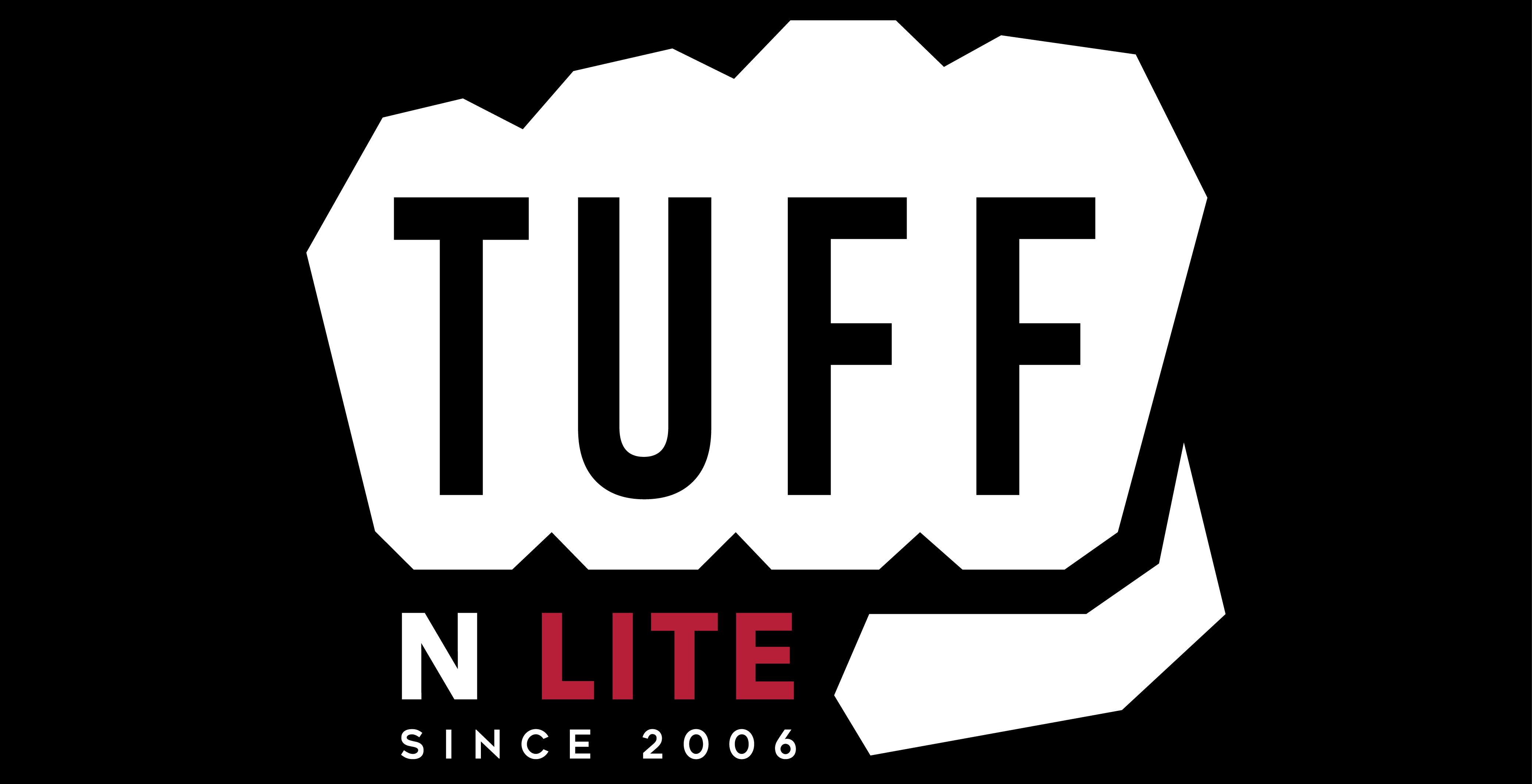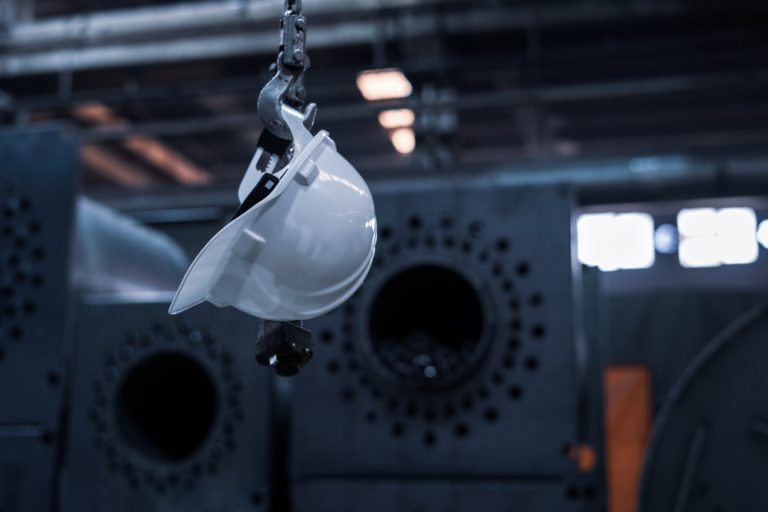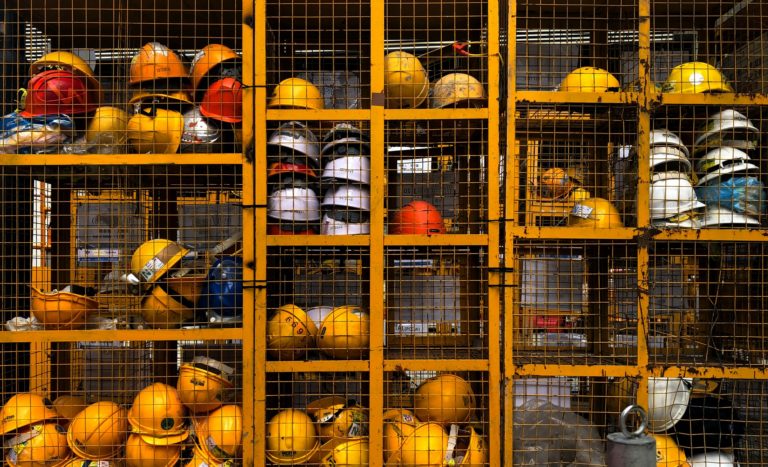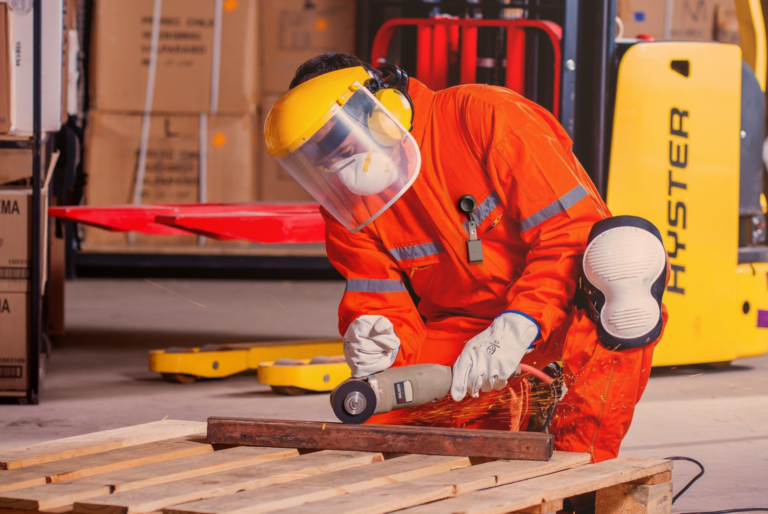Inexpensive Personal Protective Equipment (PPE) Will Cost You More in the Long Run
When running a business, you have many irons in the fire. You are responsible for your employee’s safety, but you are also responsible for your company’s bottom line. How do you balance between protecting employees and protecting profits? In this article, we are going to talk about how inexpensive PPE will cost you more in the long run.
Cutting Costs on PPE
When looking to cut costs, you pour over every expense. One of the substantial costs you will notice is the cost of PPE. While looking at the large amount of money that goes out for equipment to protect your staff you may search for deals to decrease these costs. There are bulk discounts you can get from different distributors when you purchase large quantities of product. The only problem with bulk discounts is you usually get what you pay for regarding quality. If you cut costs on your PPE spending, you may also cut protection.
What Is the Cost of Cheap PPE?
When you weigh the pros and cons of cutting cost with PPE, here are some things you should think about:
- Social Costs – The fastest way to lower morale is an injury in the workplace. If PPE can prevent an injury, employees are likely to be resentful of the employer. If employees are resentful, they are likely to decrease their productivity. If employees believe workplace conditions are too unsafe, they may even strike or go to the press.
- Loss of Productivity – When an employee is not able to perform their job, productivity lowers. Whether the employee is 100% out of work or they are on limited duty at their workstation, productivity is still lower. Besides for the employee that was injured working at partial capacity, other workers are likely to decrease their activity as well.
- Medical Bills – If it is determined proper PPE would have protected an employee from injury, your company may be required to pay for all medical bills for the employee. Medical bills from the injury may not be a one time expense. If the injury the employee acquired brings long-term challenges, there may be additional expenses. Medical bills are never inexpensive and could cost your company thousands of dollars or even millions depending on how severe injuries are.
- Lawsuits – Lawsuits are never good for a company’s image. Lawsuits are also not good for a company’s bottom line. When your company ensures employees are safe through the use of proper PPE, your company can protect itself from lawsuits and the challenges that come along with them.
There are often more challenges that come along with purchasing cheap PPE products. PPE is one of the areas your company should invest money in to make sure your employees are safe. Not only is it the right thing to do, but it also will be the financially responsible thing to do for your company.
Before buying any PPE, you should ensure it has passed all necessary tests. It would help if you also made certain that you have all PPE required for work conditions at each workstation throughout your facility. Different work conditions require different types of PPE. Failing to provide proper PPE can be just as costly as buying underperforming PPE.
How to Decrease PPE Spending Without Compromising Safety
While cutting costs with cheap PPE isn’t the best way to cut costs, there are other ways to increase profits. One of those ways is through standardization.
Standardization
If your company has multiple locations, it is likely that different types of PPE are in use. Whether there are different gloves, safety glasses, coveralls or other types of PPE, standardizing PPE across all locations will allow for cost savings as well as keeping ordering simple. The simpler processes are, the less likely it is for people to be confused and for waste to take place.
Use Guidance
Waste can cost your company thousands of dollars, so having use guide can help decrease waste. Instead of employees using new gloves every time they come back from a break, you could have a place for employees to save their gloves for all-day use. You may also require employees to only use one or two pairs of disposable eye protection per day. Establishing use guides will allow employees to understand what your company expects of them.
These are only a couple of ways you can reduce costs without compromising safety. Some companies have teams working on these challenges fulltime to ensure costs stay in budget.
Identifying Direct and Indirect Costs
Holistically approaching your company’s safety program will allow you to understand the necessity of certain costs and how your company can scrap others. It would help if you looked at all costs including direct and indirect costs.
Direct costs you may look at are:
- Premiums for Worker’s Compensation
- Safety-related Wages
- Development of Safety Training Programs
- Implementing Training
- Research and Identification of Hazards
- PPE Costs
- Noncompliance Fees
- Attorney Fees
Direct costs are easier to document and explain through writing, but the following indirect costs are important as well.
Indirect costs you may look at are:
- Reduced Productivity from Poor Morale After an Accident
- Poor Employee Retention
- New Hires
- Training
- Onboarding
- Employee Sick Time from Injury / Illness
Providing a safe workplace is unlikely to be cheap no matter how you look at it. While your company needs to count costs, you should never cut corners. Cutting corners will cost you more money in the long run. Whether the costs you incur come from actual costs or you pay through social costs, your company will feel the crunch.
Conclusion
Finding and using the best possible PPE will keep injuries and accidents to a minimum. The fewer safety issues your company experiences, the better employee morale will be. The better employee morale is, the more productive employees will be. Continue to work on your safety programs and implementation as well as keeping your PPE as high-quality as possible for the best work environment and productivity.







